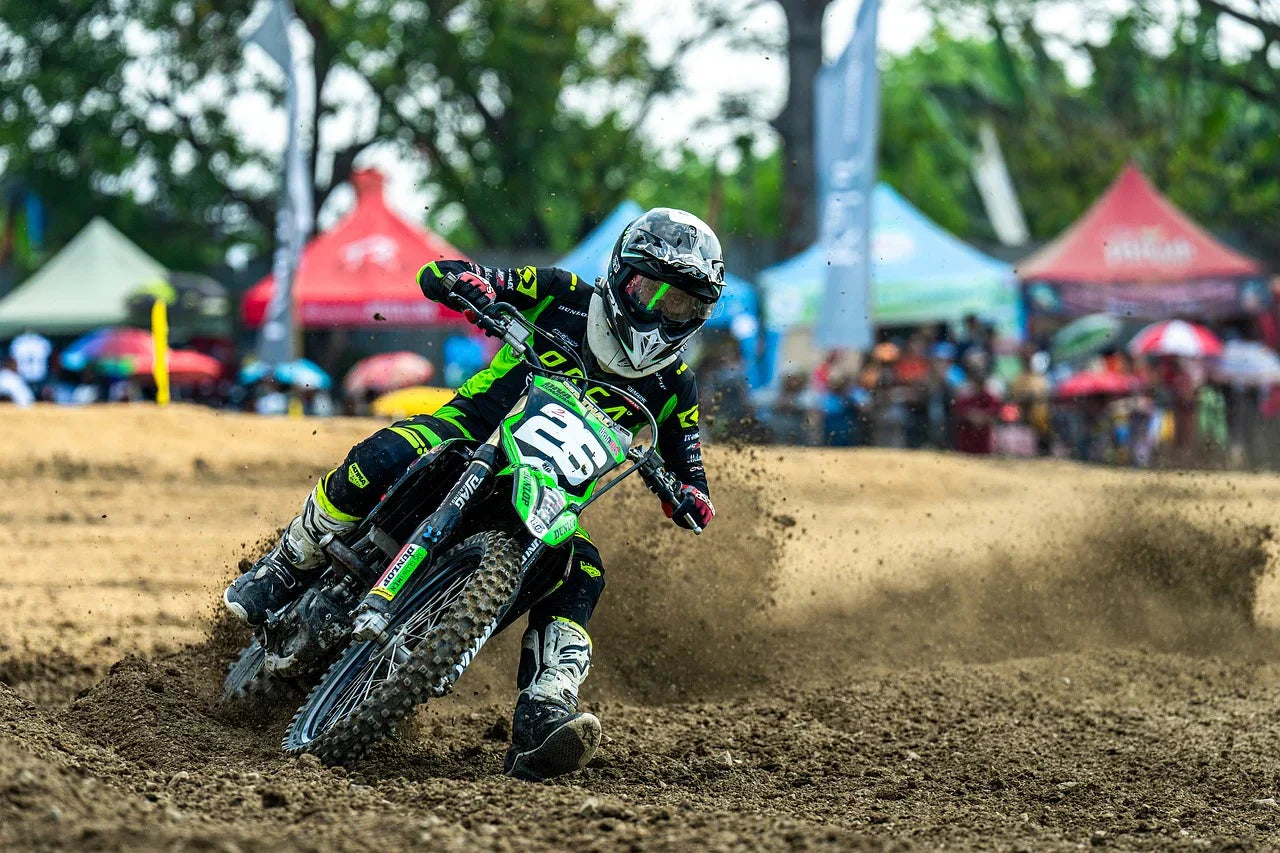Motorcycle boots are more than just protective gear; they are an expression of individuality and style. Riders take pride in their bikes, jackets, and boots, and customizing these items allows them to reflect their personality and stand out from the crowd. Custom motorcycle boots, in particular, offer a perfect canvas for creativity.
By adding personalized touches with paint, you can transform a plain pair of boots into a statement piece that complements your unique look. Whether you’re adding intricate designs, bold patterns, or subtle accents, painted leather boots can give you a sense of ownership and pride in your gear. This guide will walk you through the entire process, from selecting materials to achieving a professional finish.
Choosing Your Materials
Types of Paints Suitable for Leather and Synthetic Materials
The foundation of a successful customization project lies in selecting the right paint.
-
Acrylic Leather Paints: Ideal for leather surfaces, these are flexible, durable, and come in a variety of finishes.
-
Synthetic-Specific Paints: For boots made of synthetic materials, opt for paints designed to bond with plastics and other artificial fabrics.
-
Metallic and Specialty Paints: Perfect for adding shimmering or textured effects to your designs.
Overview of Primers and Finishers for Durability
Primers prepare the surface for painting by creating a smooth, adhesive base, ensuring the paint adheres well. Finishers, such as sealants and topcoats, protect the paint from scuffs, moisture, and fading, making your design long-lasting.
Tools and Supplies Needed for the Painting Process
-
Paint Brushes: A mix of flat, round, and detail brushes for different areas.
-
Masking Tape: For creating sharp, clean lines.
-
Palette and Mixing Tools: To blend custom colors.
-
Airbrush Kit (Optional): For smooth, even coverage and gradients.
-
Gloves and Drop Cloths: To keep your workspace clean and safe.
Preparing Your Boots for Painting
Cleaning and Conditioning: Steps to Prepare the Surface
Start by cleaning your boots thoroughly to remove dirt, oils, and residues. Use a leather cleaner for leather boots or a mild detergent for synthetic ones. Conditioning leather after cleaning keeps it soft and prevents cracking.
Sanding Techniques for Different Materials
For leather boots, lightly sand the surface with fine-grit sandpaper to help the paint adhere better. For synthetic materials, ensure the surface is smooth and clean but avoid sanding unless absolutely necessary.
Applying Primer: When and How to Do It Correctly
Apply a thin, even layer of primer using a brush or sponge. Allow it to dry completely before moving on to the painting process. This step ensures vibrant and even color application.
Designing Your Custom Look
Planning Your Design: Sketching and Thematic Concepts
Start with a rough sketch of your design. Consider themes such as geometric patterns, abstract art, flames, or cultural motifs. Use tracing paper to map your design onto the boot for accuracy.
Masking Techniques for Clean Lines and Patterns
Use high-quality masking tape to protect areas you don’t want to paint. This is especially useful for achieving straight lines, color blocks, or layered designs.
Color Selection and Blending for Aesthetic Appeal
Choose colors that match your style or complement your motorcycle gear. Experiment with blending techniques to create gradients or unique shades.
Step-by-Step Painting Process
-
Apply a thin base coat in your chosen color using a flat brush.
-
Let it dry completely before adding additional coats. Multiple thin layers ensure even coverage without cracking.
Techniques for Layering Colors and Adding Details
-
Use small, precise brushes for intricate patterns or lettering.
-
Allow each layer to dry before adding the next to avoid smudging.
Tips for Achieving Professional-Looking Results
-
Work in a well-lit area to spot inconsistencies.
-
Use an airbrush for smooth, seamless gradients.
-
Always test your design on a small, inconspicuous area first.
Advanced Customization Techniques
Incorporating Mixed Media (e.g., Metal Pieces, Stitching)
Add studs, patches, or metal accents to complement your painted design. These elements can be glued or stitched for durability.
Using Stencils and Decals for Intricate Designs
Pre-made stencils or custom-cut decals can help achieve detailed patterns quickly and cleanly. Secure them with masking tape and paint over them carefully.
Special Effects: Textures and Finishes That Stand Out
-
Glazing: Apply a transparent layer of paint to create a glossy effect.
-
Sgraffito: Scrape away the top layer of paint to reveal colors underneath.
-
Impasto: Use thick paint layers to create a textured, 3D effect.
Sealing and Protecting Your Painted Boots
Best Practices for Applying Sealants and Protectants
-
Apply a thin layer of acrylic finisher to seal the paint.
-
Use a water-repellent spray to protect against moisture.
-
Reapply sealants periodically to maintain durability.
Discussing the Longevity of Painted Boots and How to Maintain Them
Painted leather boots can last years if maintained properly. Store them in a cool, dry place, and clean them regularly to prevent dirt buildup. Avoid harsh conditions such as excessive rain or prolonged sun exposure.
Common Challenges and Troubleshooting
How to Fix Smudges, Leaks, and Uneven Coats
-
Sand down the affected area lightly and repaint.
-
Use a fine brush to fix small imperfections.
Adjusting Mistakes Without Starting Over
Cover errors with a base coat or integrate them into the design creatively. For example, turn a misplaced stroke into a decorative pattern.
Ensuring Durability in Different Weather Conditions
Choose weather-resistant paints and always use a waterproof sealant. This ensures your design holds up against rain, sun, and wear.
Inspiration and Ideas
Showcase Examples of Successfully Customized Motorcycle Boots
-
Bold flames that complement motorcycle aesthetics.
-
Tribal or cultural motifs that make a statement.
-
Minimalistic designs with sleek lines and subtle accents.
Tips for Drawing Inspiration from Art, Fashion, and Motorcycle Culture
Explore motorcycle events, street art, or even your favorite fashion pieces for ideas. Online communities and forums can also be a rich source of inspiration.
(Source: @michaeljkicks)
Customizing your motorcycle boots with paint is an exciting way to make your gear uniquely yours. With the right tools, techniques, and creativity, you can transform a standard pair of boots into a bold statement piece that reflects your personality and style. The process may seem daunting at first, but the satisfaction of wearing your custom motorcycle boots is worth the effort.
Using high-quality products is essential for achieving long-lasting results. For paints, primers, and finishers that deliver professional results, check out Angelus Direct’s extensive range of leather customization supplies. Angelus Direct products are trusted by artists and hobbyists alike for their durability and vibrant finishes.
FAQs
What types of paint are best for leather motorcycle boots?
Acrylic leather paints are ideal for leather motorcycle boots due to their flexibility, durability, and vibrant colors. Specialty paints, like those from Angelus Direct, are designed to adhere to leather and provide a long-lasting finish.
How long does it take for the paint to dry before I can wear the boots?
It’s recommended to let the paint dry for 24-48 hours to ensure it fully cures. This prevents smudging and helps the design last longer.
Can I customize boots that are already worn, or should they be new?
Both new and worn boots can be customized. Just ensure they are cleaned and properly prepped before painting to achieve the best results.
What are the best practices for maintaining the finish on painted boots?
Use a waterproof sealant to protect the paint and clean the boots regularly with a damp cloth. For added protection, reapply the sealant every few months.
Is there a way to remove the paint if I want to change the design later?
Yes, paint removers or deglazers designed for leather can help remove paint without damaging the material.

